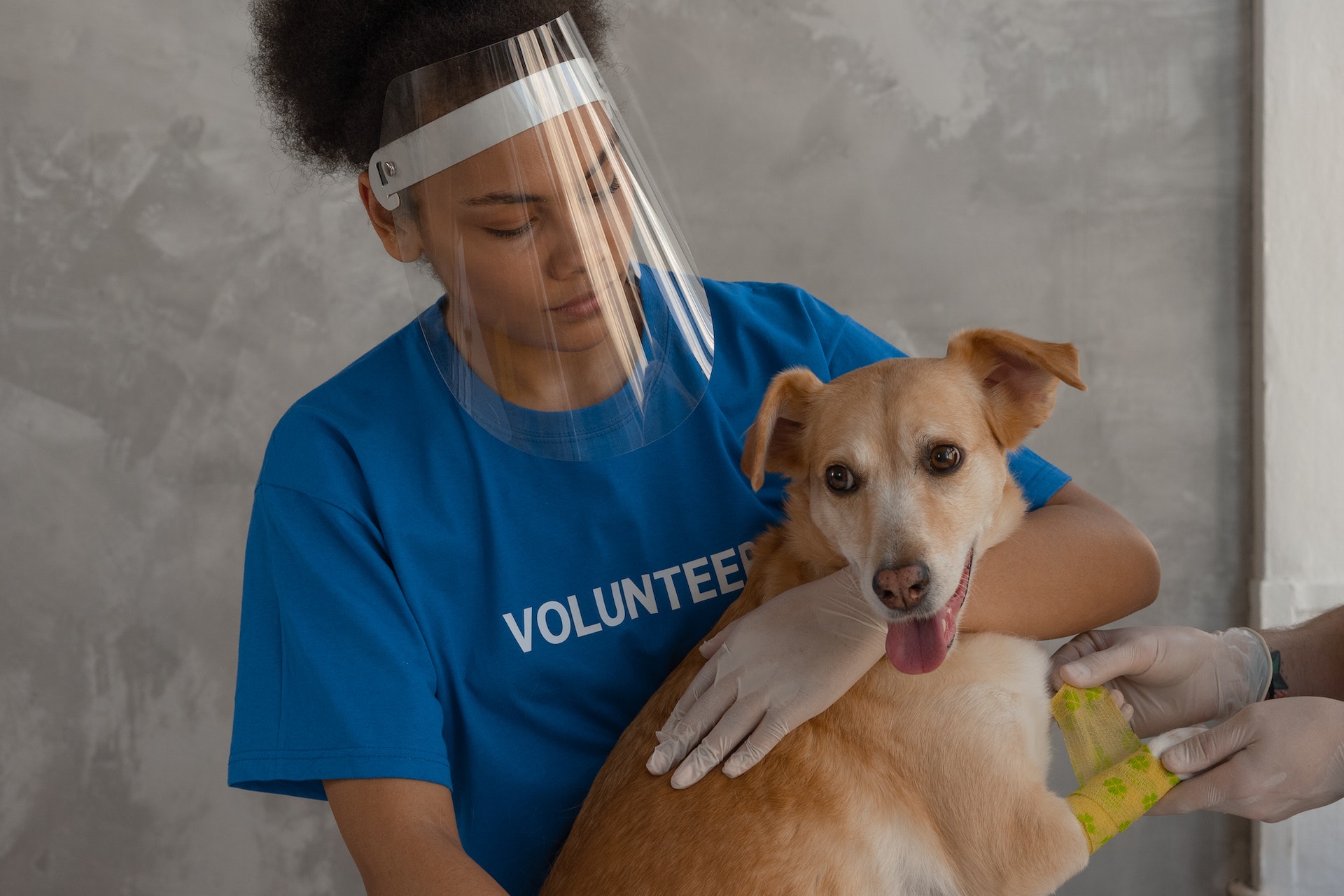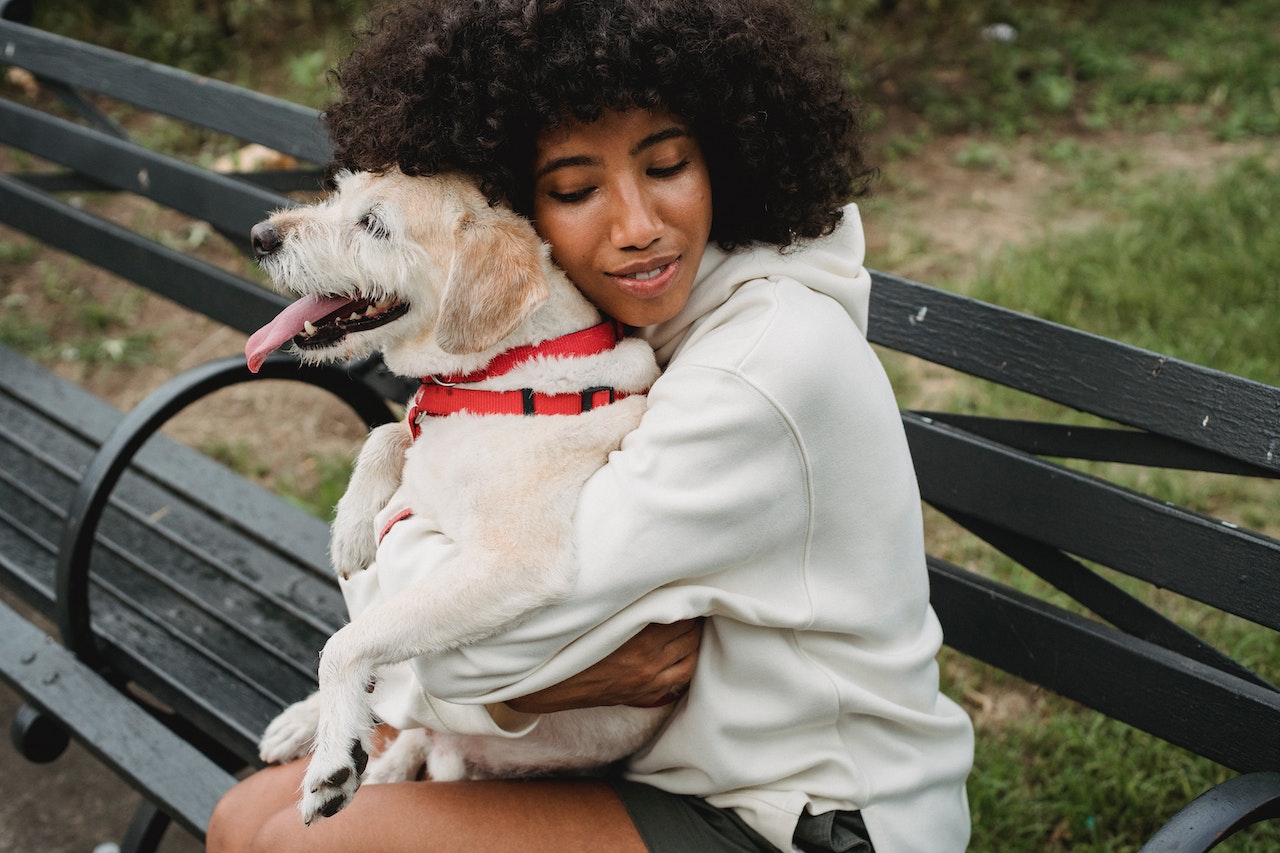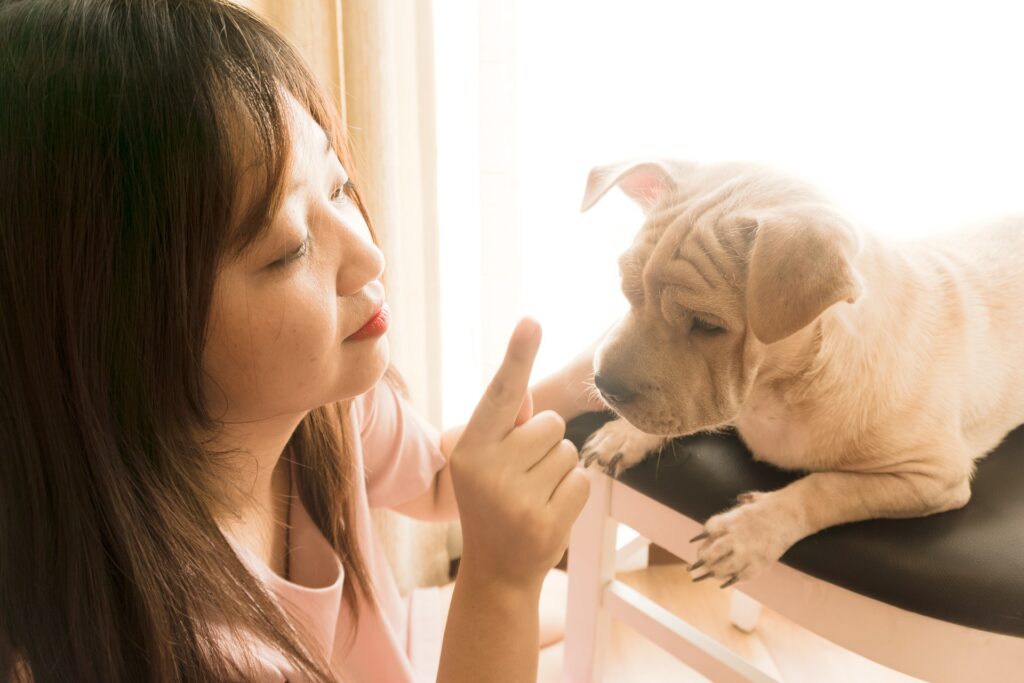Many people prefer to adopt dogs or cats from shelters and rescue operations. This is a responsible choice that can help animals find forever homes and save money on pet supplies and veterinarian visits. However, shelters and rescue processes need support to continue their important work. Here are four ways you can help your local animal rescue organization.
Helping Animals Get a Second Chance
Rescues and shelters save animals from euthanasia by finding them loving homes. They also provide rehabilitation and training to help abused animals recover and adjust to life in the outside world. Rescue organizations like the Humane Society of New York need volunteers to clean up messes, run events and assist with adoptions. They also need tech-savvy people to manage websites and social media accounts. Those who can’t volunteer in person can still help a shelter or rescue by donating money. This allows them to buy the necessary supplies and cover vet bills, spay/neuter costs and other expenses. By adopting pets, you can give them a second chance at life and help break the pet overpopulation cycle. You can also stop cruel breeding practices by refusing to purchase pets from commercial breeders.
Helping Animals Find Forever Homes
Animal shelters and rescues work tirelessly to connect pets with their forever families. You can help them by adopting or fostering, donating money or supplies, volunteering and spreading the word. Animal shelters need help with daily expenses and supplies, as well as for renovations and community outreach programs. Start a fundraising campaign for your local shelter or rescue. Rescues often have a smaller adoption process and are more flexible regarding how many animals they can take in. However, not all returns are reputable; contact veterinarians, other rescue groups in your area, and municipal shelters for references before choosing one. Also, look for 501(c)(3) nonprofit status and ask for the rescue’s records. This will ensure that your donation is tax-deductible.
Helping Animals Get the Medical Care They Need
Animals in shelters and rescues often need vaccinations, spaying or neutering, and medical care for injuries and illnesses. Many animals are surrendered to shelters by their owners due to evictions, financial hardships or other reasons. It is easy to get involved with your local rescue or shelter. Typically, these organizations are volunteer-run and survive on donations and adoption fees.
These groups need help cleaning cages, cooking food for the animals, fostering a dog or cat, planning outreach events, and writing pet adoption profiles. Crowdfunding is a great way to raise money for animal shelters, especially for expensive procedures. These funds can cover surgery costs and other medical treatments. This helps keep rescues open and increases the chances of finding a forever home for the pets they serve.
Helping Animals Become More Social
Animal rescues take in animals that cannot stay in municipal shelters and may specialize in certain breeds or special needs. They also scout for animals in other covers and help people find the best pet for their lifestyle. Many rescues have foster programs where they place animals in homes until they get adopted. This helps keep the animals socialized and allows them to live a normal life away from their kennels. It has been shown that fostering can increase an animal’s chances of adoption since it keeps the pets out of the kennel environment.
While most rescues cannot take in-person volunteers due to the COVID-19 pandemic, there are still ways to support your local shelters and animal rescues. Consider donating supplies or starting a fundraiser to cover expensive medical treatments for homeless animals.
Helping Animals Learn New Skills
Animal rescues are crucial to local communities in a variety of ways. They provide shelter and medical care to animals in need and help rehabilitate these pets and give them second chances in their new homes. Some animals require special training to get accustomed to life in a home, while others need assistance with behavioral issues such as food aggression or separation anxiety. In addition, some animals may need to learn to walk on a leash or how to play with other dogs or cats. You can help by volunteering your time to teach these animals valuable skills. Many shelters and rescue groups have wishlists on their websites that list items they need. These include towels, toys, and other supplies.



















